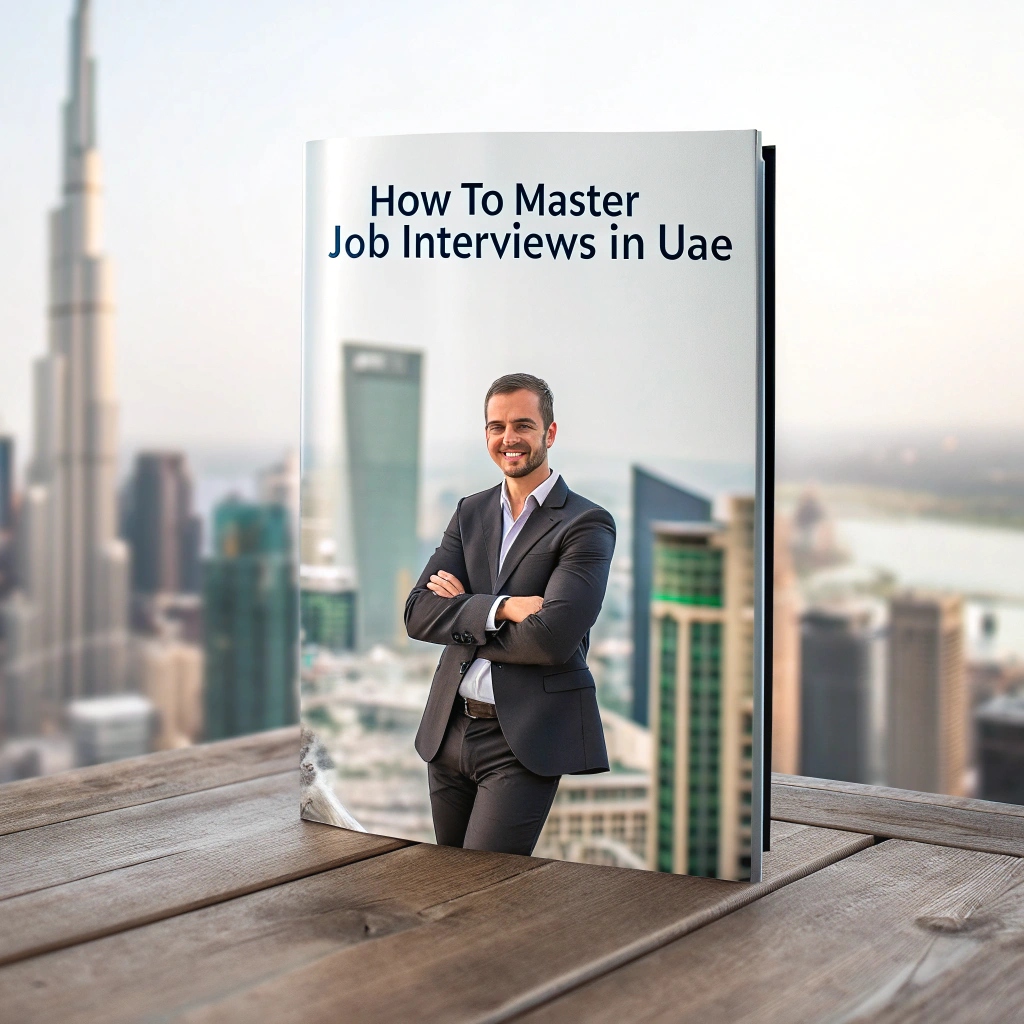Looking for interview help in the UAE? Nice — this guide gives clear, scan-friendly advice that works for local and international job seekers. It covers preparation, UAE-specific etiquette, common interview formats, sample answers, wardrobe, follow-up email templates, and a quick checklist so you can walk into interviews calm and confident.
Before the interview: checklist & timeline
Use this timeline to prepare efficiently.
- 7–10 days before
- Review the job description and highlight required skills.
- Research the company: mission, recent projects, UAE presence.
- Update CV to match the role (lead with relevant results).
- Prepare 6–8 STAR stories (Situation, Task, Action, Result).
- 3–5 days before
- Practice common interview questions and a 60-second elevator pitch.
- Prepare role-specific evidence: portfolio, code samples, certificates.
- Confirm interview time, format (phone/video/in-person), and interviewer names.
- 1 day before
- Test devices and internet connection for video calls.
- Lay out clothes, documents, and travel plan for in-person interviews.
- Sleep early.
- Morning of interview
- Eat a light meal, drink water, and arrive 10–15 minutes early (in-person).
UAE interview etiquette: what’s important here
Small cultural touches go a long way in the UAE.
- Polite formality: Greet with “Good morning/afternoon” and a handshake if offered. Use titles (Mr./Ms.) unless told otherwise.
- Respect local norms: Dress modestly in conservative sectors (government, some local firms). In multinational firms a smart business look is fine.
- Punctuality matters: Arrive on time. For virtual interviews, join the call 5 minutes early.
- Language: English is common in business; Arabic is a plus. If you speak Arabic, mention it — it’s often valued.
- Paperwork: Carry passport copy, visa copy (if applicable), certificates, and a printed CV for in-person interviews.
- No money or fees: Legitimate employers never ask for payments during hiring. Report suspicious requests.
Common interview formats & how to prepare
Be ready for these types.
- Phone screen: Short (15–30 min). Focus on concise answers and enthusiasm. Have notes handy.
- Video interview: Dress fully, ensure neutral background, good lighting, and eye contact via camera. Practice camera-friendly body language.
- In-person panel: Multiple interviewers ask structured questions. Address the person who asked, but make eye contact with the panel.
- Case interview (consulting): Structure your thinking, do the math aloud, and summarize. Practice case frameworks.
- Technical test / coding interview: Explain your approach, write clean code, test edge cases, and discuss trade-offs.
- Assessment center: Group tasks, presentations, and role-plays. Show collaboration, not dominance.
Powerful answers: STAR examples & sample responses
Use STAR (Situation, Task, Action, Result). Short examples you can adapt:
- Teamwork example (STAR)
- Situation: “Our project team missed milestones due to unclear roles.”
- Task: “I was asked to improve coordination.”
- Action: “I introduced a weekly 15-minute sync and a shared task tracker.”
- Result: “The team met the next three milestones on time and client satisfaction improved.”
- Problem-solving sample (productivity)
- “I noticed repeated delays in client approvals. I mapped the approval steps, identified two redundant reviews and proposed a streamlined sign-off process — approval time dropped 40%.”
- Leadership sample (junior to senior)
- “I led a small cross-functional team to deliver a pilot. I delegated tasks by strength, held focused check-ins, and we launched two weeks early.”
When answering salary or notice-period questions, be honest and give ranges or exact notice periods.
Dress code & grooming (what to wear)
Simple rules by sector:
- Corporate / Finance / Consulting: Dark suit or blazer, tie optional for men; business suit or modest blouse and skirt/trousers for women.
- Tech / Startups: Smart casual (clean shirt, blazer optional). Still avoid overly casual clothes.
- Government / Local firms: Conservative attire is safest. Women may choose longer sleeves/longer skirts.
- Grooming: Neat hair, minimal cologne/perfume, clean shoes. Keep accessories simple.
Day-of interview checklist & arrival tips
Before you leave:
- Printed CV and copies (2–3 copies).
- Passport/ID and any requested certificates.
- Notebook and pen.
- Directions and parking info; plan buffer time for traffic.
- Quiet place for video calls with full battery and charger.
At the office:
- Switch your phone to silent.
- Be polite to reception staff — they often give feedback.
- Smile, give a steady handshake (if offered), and start with a brief thank-you statement: “Thank you for inviting me — I’m excited to discuss this role.”
Follow-up: polite email templates
Send a short thank-you within 24 hours.
After interview — short thank-you (email)
Subject: Thank you — [Role] interview (Your Name)
Hi [Interviewer Name],
Thank you for meeting with me today. I enjoyed learning more about the [Role] and how the team at [Company] approaches [key topic discussed]. I’m excited about the opportunity to contribute and believe my experience in [brief skill] would help. Please let me know if you need any more information.
Best regards,
[Your Name] | [Phone] | [LinkedIn]
If you want to follow up on a decision after a week or two
Subject: Follow-up on [Role] application — [Your Name]
Hi [Interviewer Name],
I hope you’re well. I wanted to follow up on the [Role] position we discussed on [date]. I remain very interested and am happy to provide any further information. Thank you again for your time.
Best,
[Your Name]
FAQs job seekers ask in the UAE
A: Increasingly uncommon. Share salary expectations or ranges if asked; be ready with market-based numbers.
A: Probation is common (often 3 months). Notice periods vary — be transparent about your current notice period.
A: They’re standardized — practice numerical and logical reasoning tests online in advance.
A: State your current status and whether sponsorship/relocation is needed. Be honest about timelines.
